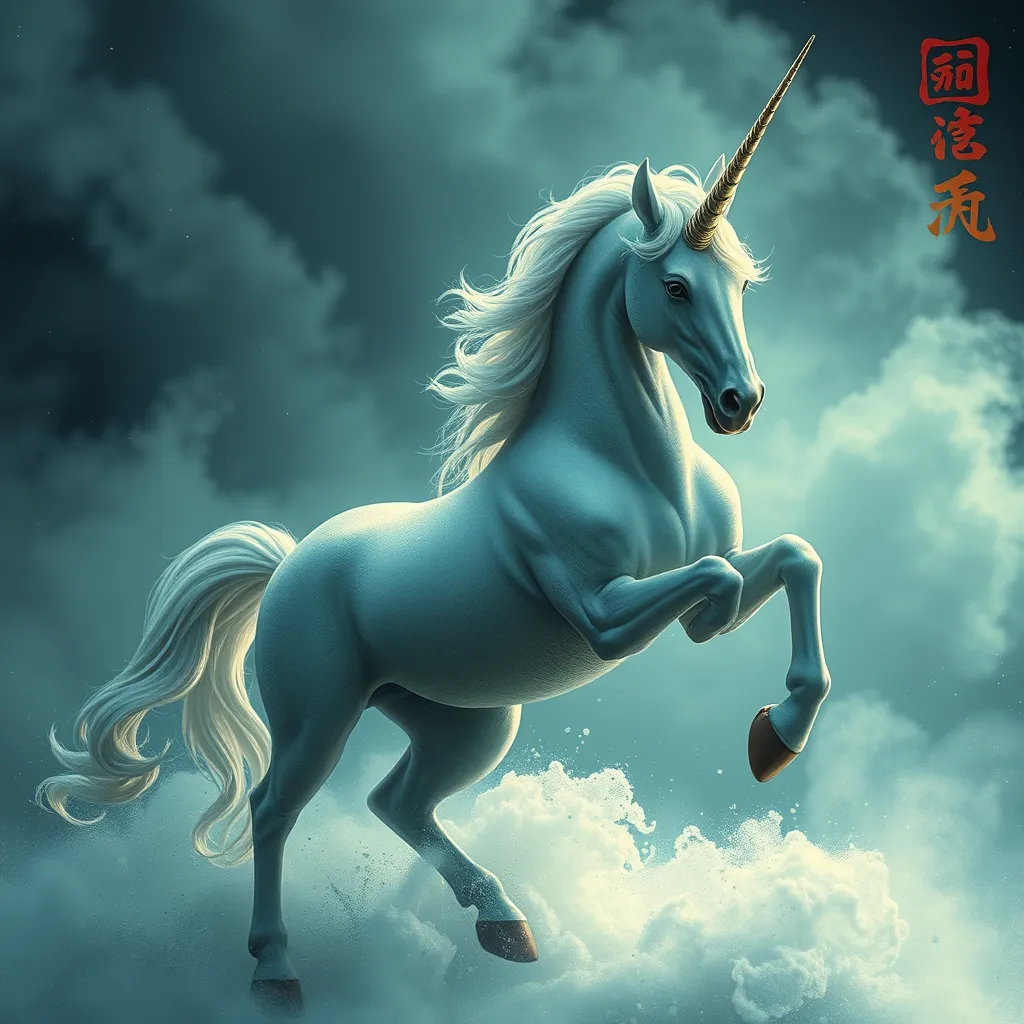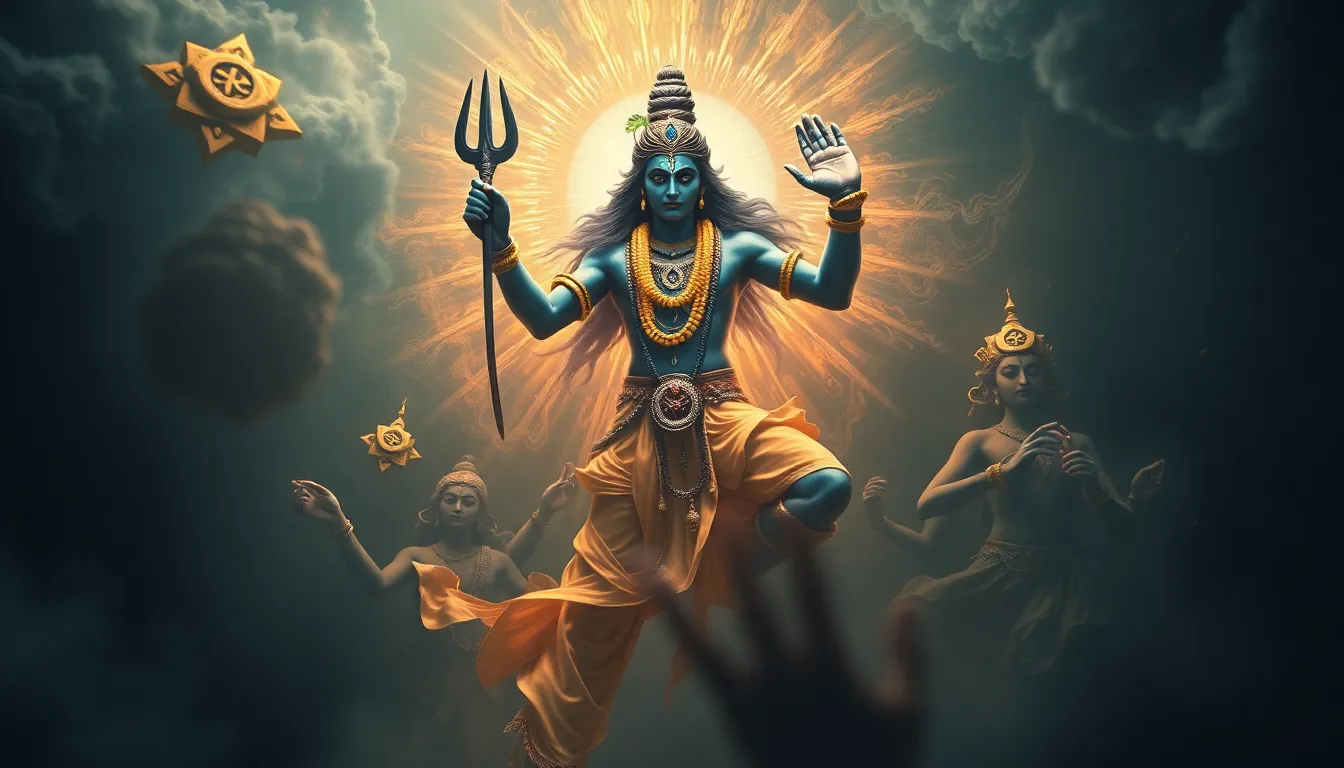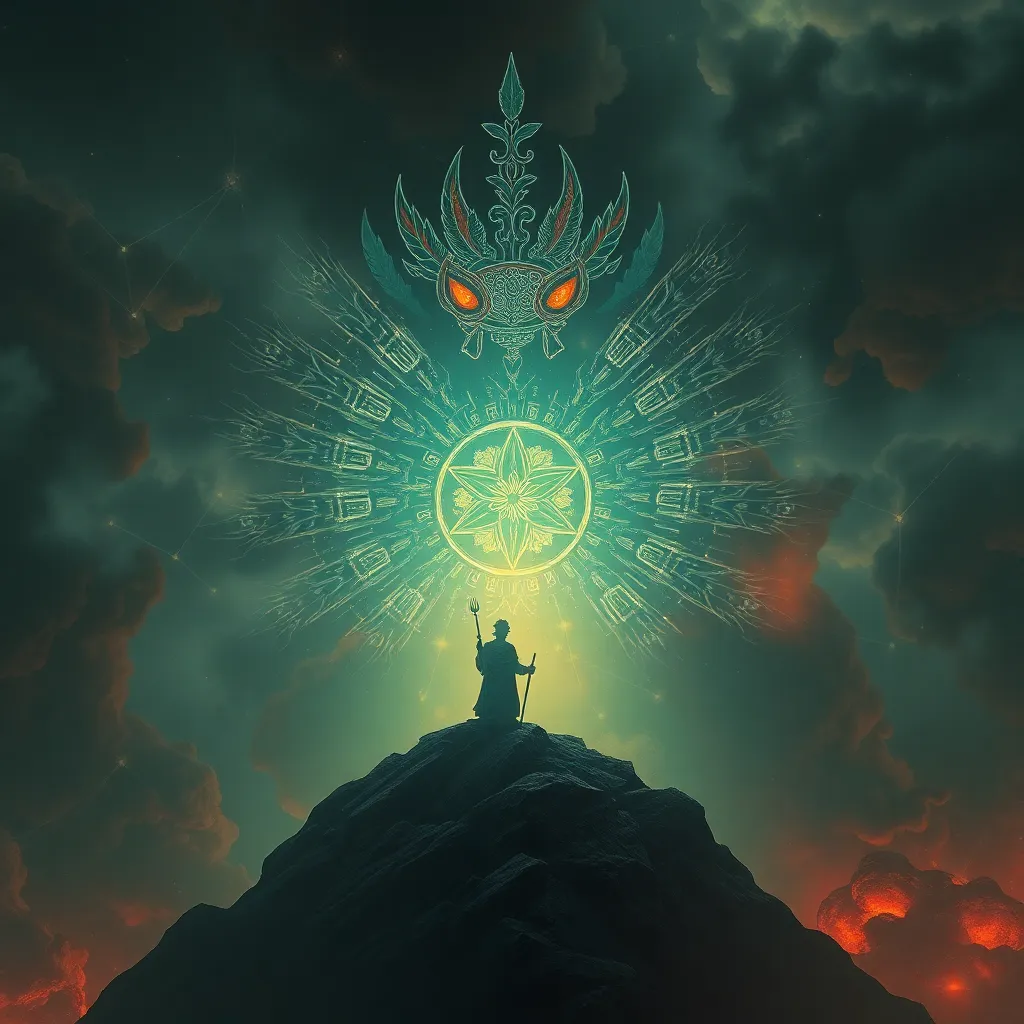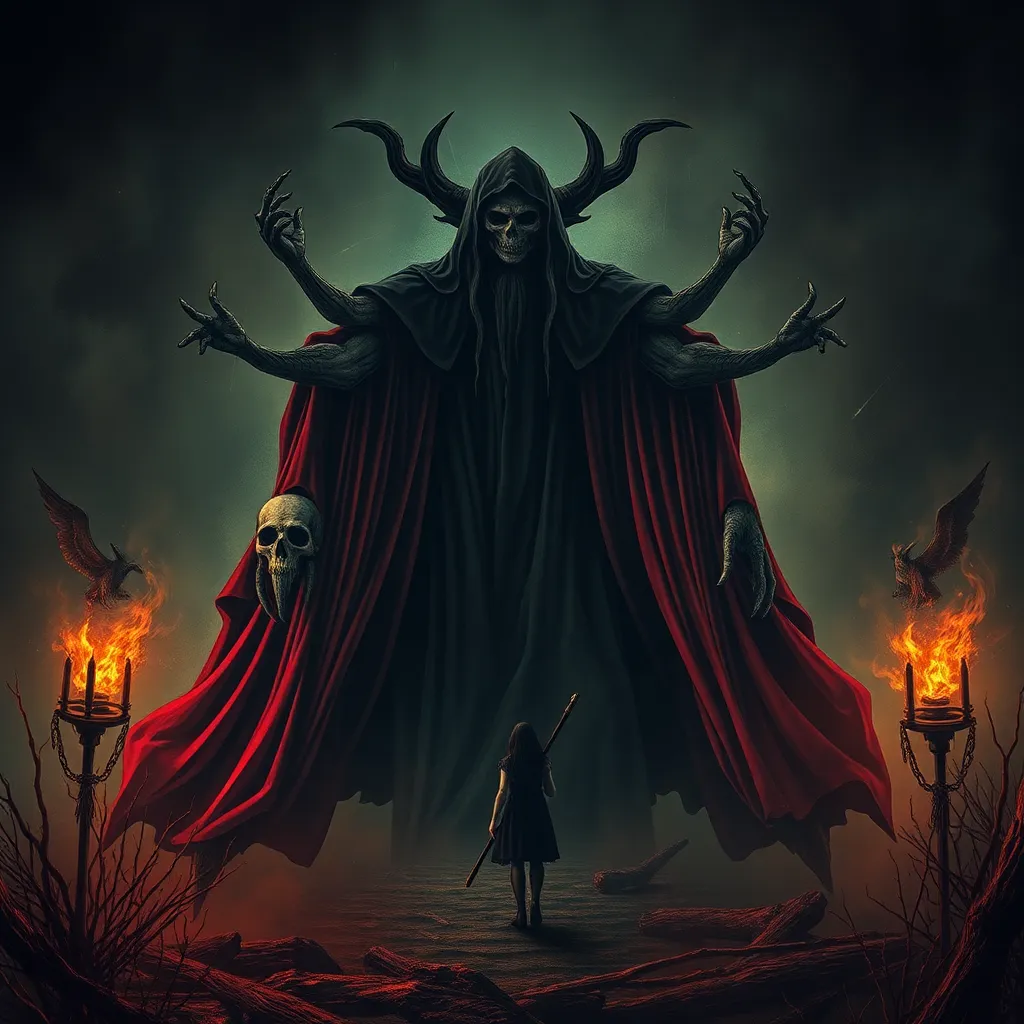The Unicorn’s Magic: Unraveling the Unicorn in Chinese Mythology
I. Introduction to the Unicorn in Chinese Culture
The unicorn, a creature of mythical allure, holds a unique position in Chinese culture, often intertwined with symbolism, spirituality, and tradition. In China, the term “unicorn” is commonly associated with the Qilin, a legendary creature that encompasses many of the mystical attributes attributed to the unicorn in Western mythology. The significance of the unicorn in Chinese culture is profound, as it embodies ideals of virtue, prosperity, and good fortune.
Globally, unicorns appear in various cultures, often representing purity and grace. However, the Chinese unicorn, or Qilin, diverges from these typical representations, serving as a powerful symbol within the context of Chinese philosophy, folklore, and art.
II. Historical Origins of the Unicorn in Chinese Mythology
A. Ancient texts and earliest depictions
The earliest references to unicorn-like creatures in Chinese texts can be traced back to ancient literature such as the “Shanhaijing” (Classic of Mountains and Seas) and “Records of the Grand Historian.” These texts describe creatures resembling the unicorn, which were often seen as omens or divine messengers. The Qilin, in particular, is mentioned as a herald of peace and prosperity, appearing during the reigns of virtuous rulers.
B. Evolution of the unicorn’s symbolism through dynasties
As Chinese civilization evolved through various dynasties, the symbolism associated with the Qilin also transformed. During the Han dynasty, the Qilin was revered as a creature that brought good fortune and was closely linked to Confucian ideals of morality and governance. In later dynasties, such as the Tang and Song, the Qilin became a prominent motif in art and literature, symbolizing not only good luck but also cultural and intellectual advancement.
III. The Qilin: The Chinese Unicorn
A. Description and characteristics of the Qilin
The Qilin is often depicted as a hybrid creature, resembling a dragon, deer, or horse, with scales, a long mane, and cloven hooves. It is typically adorned with flames or clouds, illustrating its connection to the divine. The Qilin is said to be gentle and benevolent, possessing the ability to walk on grass without damaging it, symbolizing its purity and grace.
B. Differences between the Qilin and Western unicorns
While both the Qilin and Western unicorns share attributes of purity and virtue, there are notable differences between them:
- Physical Appearance: The Qilin is often more complex in its features, combining elements from various animals, whereas Western unicorns are typically depicted as horse-like creatures with a single horn.
- Symbolism: The Qilin is associated with concepts of prosperity and good governance, while Western unicorns are more closely linked to innocence and purity.
- Cultural Context: The Qilin has deep roots in Chinese philosophy and is often involved in tales of moral significance, while Western unicorns are more frequently found in fairy tales and romantic literature.
IV. Symbolism and Cultural Significance
A. The Qilin as a symbol of prosperity and good fortune
The Qilin is revered as a symbol of prosperity, good fortune, and benevolence. Its appearance is considered an auspicious sign, often heralding the birth of a wise ruler or the arrival of a sage. In traditional Chinese culture, the sighting of a Qilin is believed to be a precursor to peace and harmony in society.
B. Role in Chinese folklore and legends
Numerous legends feature the Qilin, often portraying it as a protector of the innocent and a bringer of good news. One notable story tells of the Qilin delivering the Confucian classics to the sage Confucius’s mother, symbolizing the connection between knowledge and virtue. Such tales reinforce the Qilin’s role as a moral compass in Chinese society.
V. The Unicorn in Chinese Art and Literature
A. Representation in traditional and contemporary art
The Qilin has been a popular subject in Chinese art for centuries. Traditional artworks often depict the Qilin in vibrant colors, surrounded by clouds or flames, emphasizing its divine nature. In contemporary art, the Qilin continues to inspire artists, appearing in various forms including paintings, sculptures, and digital art, reflecting its enduring appeal.
B. Notable literary references and stories featuring the unicorn
Literature has also embraced the Qilin, with references found in classical poetry and prose. The Qilin is often featured in poetry as a symbol of hope and virtue, inspiring writers to convey messages of moral integrity and societal harmony. Modern literature continues to explore the Qilin’s significance, further embedding it in the cultural narrative.
VI. The Unicorn’s Role in Feng Shui
A. How the unicorn is used in Feng Shui practices
In Feng Shui, the Qilin is considered a powerful protective symbol. It is often placed in homes or offices to attract positive energy and ward off negative influences. Statues or images of the Qilin are commonly used in Feng Shui practices, believed to bring good luck and prosperity to the inhabitants.
B. Beliefs surrounding the unicorn’s influence on luck and protection
Many believe that the Qilin can bring blessings and protection to families, particularly during times of transition or uncertainty. Its association with auspiciousness makes it a favored symbol for those seeking to enhance their fortunes and create a harmonious living environment.
VII. Modern Interpretations and Popularity
A. The resurgence of unicorn imagery in modern Chinese culture
In recent years, there has been a resurgence of interest in unicorn imagery within modern Chinese culture. This revival is evident in fashion, merchandise, and social media, where the Qilin is often reimagined in contemporary styles, appealing to younger generations.
B. Comparisons with global unicorn trends and symbols
Similar to the global fascination with unicorns, the Qilin has found its place in pop culture, often juxtaposed against Western unicorn myths. While the Western unicorn symbolizes innocence and magic, the modern portrayal of the Qilin often emphasizes power, wisdom, and prosperity, showcasing the unique cultural nuances between these representations.
VIII. Conclusion: The Enduring Legacy of the Unicorn in Chinese Mythology
A. Summary of key points discussed
The unicorn, particularly in the form of the Qilin, plays a significant role in Chinese mythology and culture. Its historical origins, symbolism, and representation in art and literature highlight the deep-rooted reverence for this mythical creature. From ancient texts to modern interpretations, the Qilin continues to captivate the imagination of many.
B. Reflection on the unicorn’s continuing impact on Chinese culture and beyond
As we reflect on the enduring legacy of the unicorn in Chinese mythology, it becomes clear that the Qilin represents more than just a mythical creature; it embodies the ideals of morality, prosperity, and harmony. Its presence in contemporary culture, alongside its historical significance, ensures that the magic of the unicorn will continue to inspire and resonate within Chinese culture and throughout the world.



